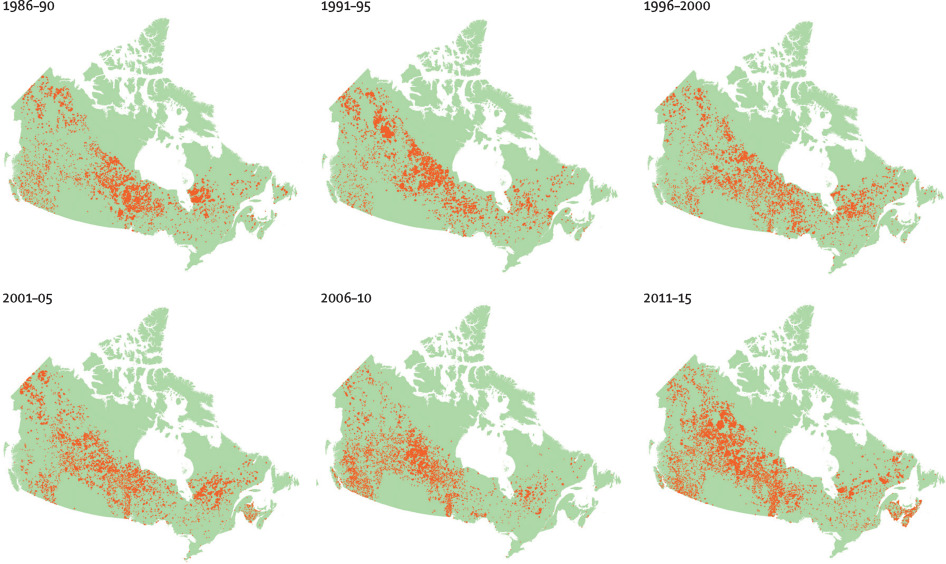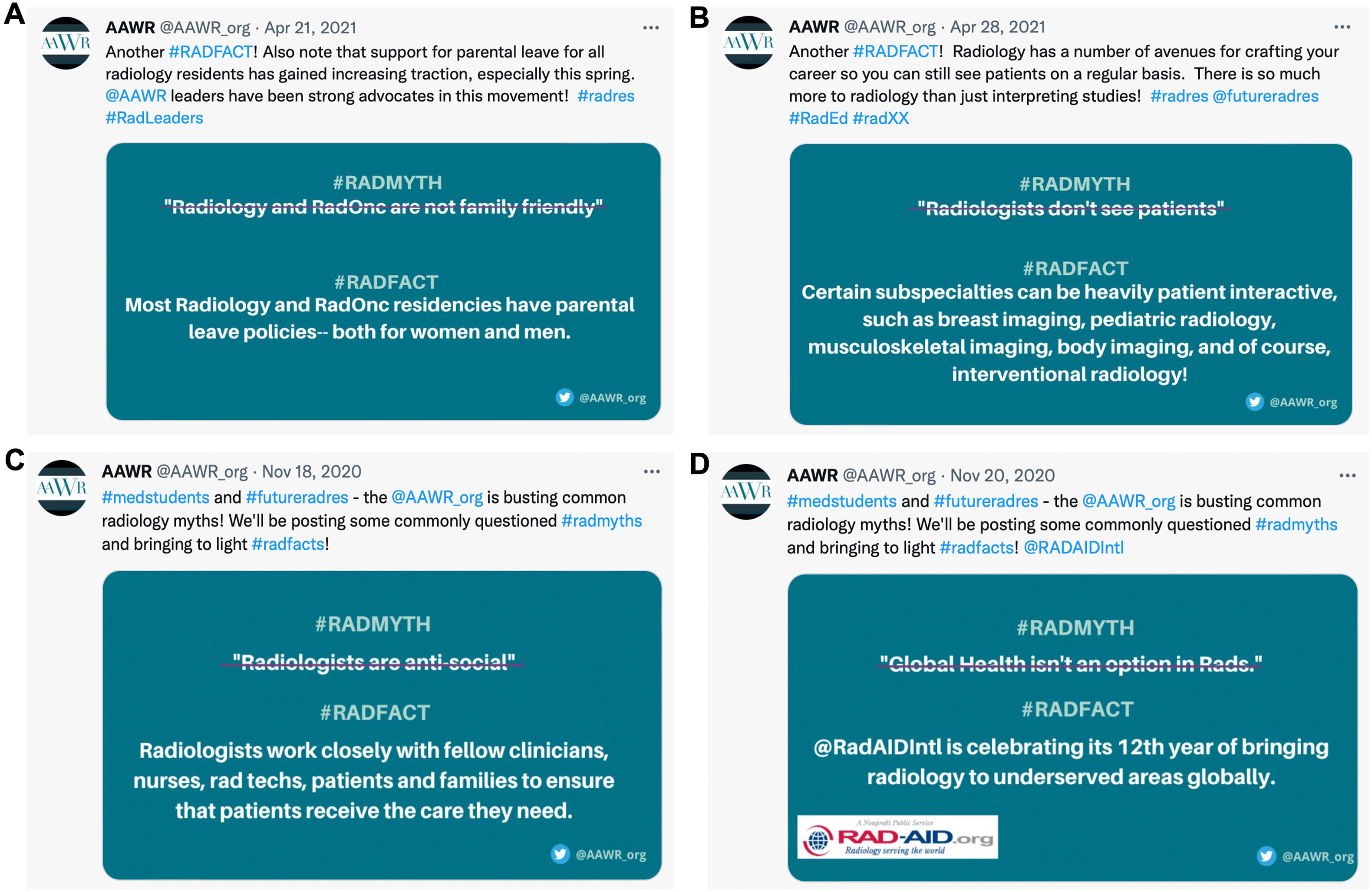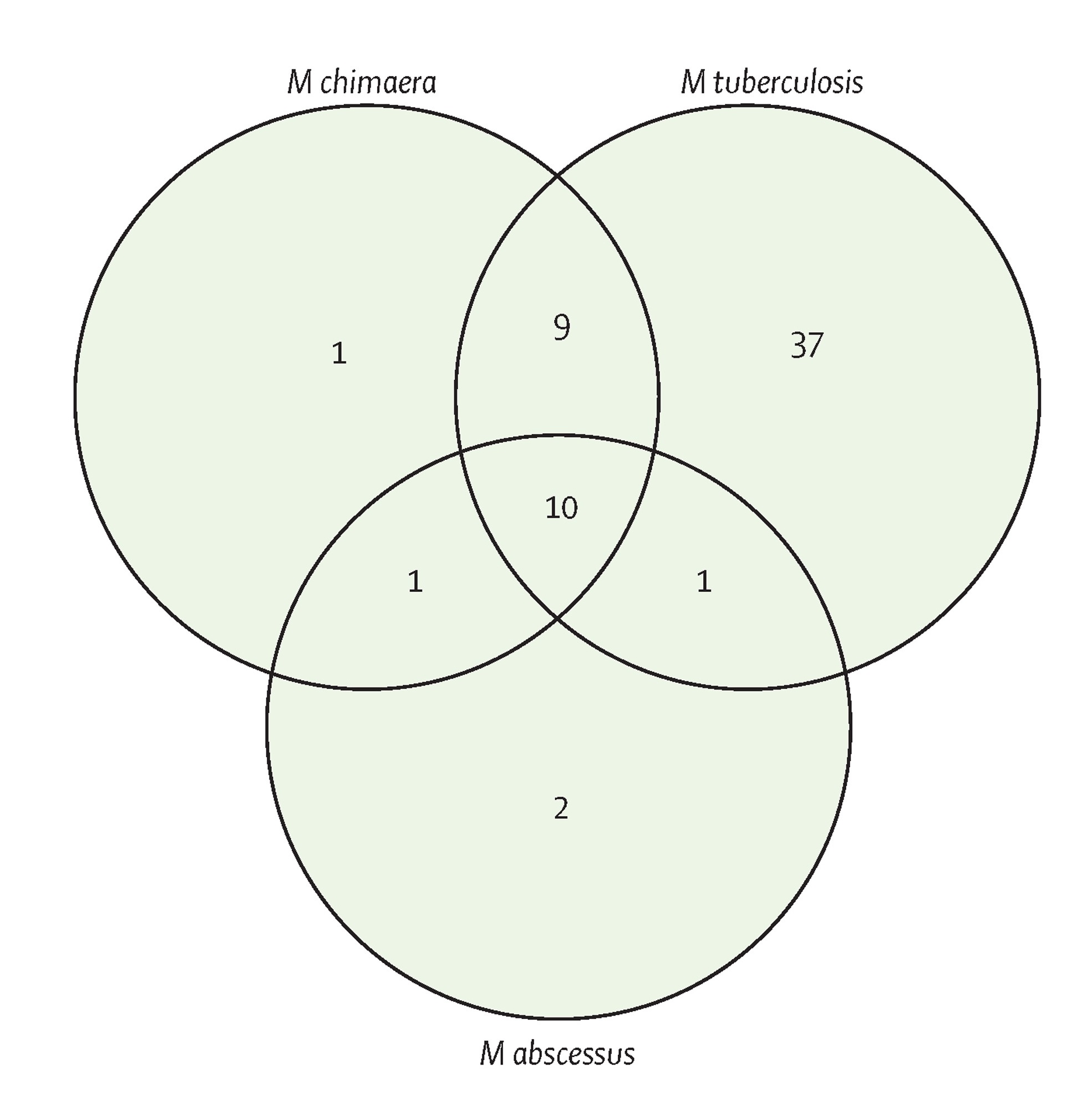This is an article on the impact of residential exposure to wildfires and the incidence of various cancers, in the context of SDGs 3, 13, and 15, focusing on the need to develop exposure metrics to better estimate the chronic population health burden attributable to environmental pollutants emitted during wildfires.
Elsevier, Current Developments in Nutrition, Volume 6, 1 May 2022
This study demonstrates that a multipronged SBCC (social and Behavior Change Communication) intervention can modify mothers’ complementary feeding practices, improve fathers’ and mothers’ knowledge of complementary feeding, and increase fathers’ support for complementary feeding, despite low levels of participant-reported exposure to some intervention components.
Elsevier, Current Developments in Nutrition, Volume 6, 1 May 2022
The findings in this paper suggest that both supply- and demand-side solutions are needed to improve HMG (health mothers’ group) performance and uptake in Nepal. These solutions need to include improving FCHV (female community health volunteer) skills and motivating them to provide high-quality HMG services, as well as encouraging family members to support women so that they have time to participate in the HMGs.
Elsevier, Current Developments in Nutrition, Volume 6, 1 May 2022
This paper's findings highlight various facilitators and barriers that need to be given special attention during the design and implementation phases of PDH (Positive Deviance/Hearth) and PDH-IVC (Positive Deviance/Hearth-Interactive Voice Calling program). The mental health, time, and resource constraints of elderly caregivers should also be addressed for a context like Cambodia when implementing child-focused health and nutrition programs.
Elsevier, Women's Studies International Forum, Volume 92, 1 May 2022
While there is much research on men's mental health and sport, there has been less focus on women's gendered experiences of mental health and sport. Sport is widely considered to improve or sustain mental health, but it can be a problematic space for women. Focusing on four in-depth interviews with two women from a case study of an Australian field hockey club, we examine how women negotiate and manage their mental health and recovery from trauma through sport participation.



